Puppy time outs are a very helpful management tool for addressing a variety of undesired behaviors. This includes everything from hyperactivity to nipping, and they’re also helpful for simply getting your pooch to calm down.
Below, we’ll outline when and where you should use time-outs, and explain how and why they can be helpful.
Puppy Time-Outs: The Basics
- Puppy time-outs are simply times in which you place your pooch in an isolated area to prevent or stop unwanted behaviors.
- You can use puppy time-outs to address a variety of problematic behaviors, including nipping, biting, and nuisance barking.
- Although they’re often called “puppy time-outs,” they can be used for dogs of all ages.
What Are Puppy Time Outs?
Time-outs for puppies are pretty similar to time-outs for children.
You simply put your dog in a relatively confined space, where she can’t engage in the behavior you’re trying to prevent, control, or eliminate. After your pup has calmed down and cleared her head, you can let her back out to rejoin the family.
Time-outs can (and should) be used for all puppies during their training. By preventing undesired behaviors, such as biting and nipping, before they start, she will learn great habits. Additionally, she won’t have the opportunity to practice those behaviors we would rather not see repeated.
But note that while they are a great way to give your pooch a chance to chill out, time-outs shouldn’t be used to punish your puppy, nor should you use them out of frustration — they don’t work well in these contexts.
Instead, use time-outs as a way to prevent escalating hyperactivity and undesired outcomes.
Puppy Time-Out Scenarios: When and How They Work
As with any training or dog-management technique, you must use puppy time-outs at the appropriate times. Generally, there are two scenarios in which you can use them:
1. Use time-outs to teach your pet that the fun ends when her undesired behavior begins.
For example, if a puppy is nipping me, I will remove myself from the room every time she bites. This is called negative punishment.
Negative punishment entails the removal of something the dog wants (you) in order to stop the nipping. If you do use this strategy, it is important that you always follow through by rewarding the desired behavior with toys, treats or attention.
Examples of desired behaviors include things like having four paws on the floor or chewing her toy instead of your fingers.
2. Place your pooch in a time-out to stop problematic behaviors before they start.
You can also use time-outs pre-emptively when you notice your dog’s arousal levels skyrocketing. This way, you can prevent her from nipping or exhibiting another bad behavior before it occurs.
In these cases, you’ll want to give her something fun and interesting to do while she’s in the time-out. You may, for example, give her a stuffed KONG, a puzzle toy or a Bully Stick.
This will give her time to calm herself down, keep her busy with something appropriate, and teach her to be independent. This helps her to create healthy and appropriate habits from the start.
This second strategy is the way I most often implement time-outs for young puppies.

Puppy Time Our Area: Where Do You Put Your Dog?
The first thing you’ll need to do when trying to implement time-outs for your puppy is to identify a suitable puppy time out area or location to use when necessary.
Fortunately, just about any safe, confined space will work.
A kennel or crate, a dedicated space behind a baby gate, or an exercise pen are the most convenient types of locations.
I quite like the exercise pen or indoor gate because they are easy to step over. In a pinch, I can even remove myself by stepping over a baby gate or into my puppy’s exercise pen.
Just be sure you select somewhere your pup is comfortable. You don’t want to scare her by placing her somewhere unfamiliar.
How Long Should Dog Time-Outs Last?
Ideally, time-outs should be short and only last as long as it takes your pooch to calm down. Usually, 30 seconds or so is long enough.
However, if you are using the time-out to prevent escalating arousal levels, and you’ve given her a puzzle toy or chew item, you can leave her in the time-out for longer periods of time.
These types of time-outs still shouldn’t be unnecessarily long – they should end before her Kong, puzzle toy or chew runs out of tasty filling or loses her interest. Usually, 5 to 7 minutes is the most you’d want to leave your pup in time out for.
Just be sure that you don’t leave her in the time-out for long periods of time without offering her some form of stimulation. This will cause her to become bored, and it may even cause her to suffer from stress or anxiety.
How to Do Doggy Time Out
So, you’ve just brought home a new puppy and noticed a few behavioral issues.
Maybe she is nippy (of course she is, ALL puppies are nippy!) Maybe she is jumping-up, barking, or hanging from your pant leg with her sharp little baby teeth. How can you use these time-outs to help you shape her manners?
Don’t worry — time-outs can help with all of these issues.
The first thing you want to do is reward her, as much as possible, when she is calm, chewing on things she should be chewing on, and generally being “well-behaved.”
The more you reward these appropriate behaviors, the more they will happen! But let’s be realistic, life isn’t a Disney movie, and puppies don’t know what the heck they are expected to do!
That means your new pooch may nip, chew, and pour all kinds of crazy energy into the wrong places. Puppies get nippier and more destructive when they are bored and/or when their arousal levels start to escalate.
So, as soon as you start to see arousal levels creeping towards disaster, place your puppy into a time-out in her pen with something fun to keep her mind occupied.
But let’s say it’s too late for prevention; let’s say she’s already fully attached to your sleeve. Then what?
Start by removing her (or yourself) from the situation and wait about 30 seconds until she has settled.
Then, rather than going back to whatever it was you were doing that triggered the sleeve attack, redirect your puppy to an appropriate toy instead.
If it happens again, repeat the process as necessary.
The Right and Wrong Times to Use Dog Time-Outs
Time-outs have a proper place and time. Not every situation can be solved with a time-out scenario. Here is a rundown of a few effective and ineffective uses for the time-out.
Problems That Time Outs Are Effective for Addressing:
- Training a puppy not to bite. Remove your nippy puppy and teach her that the fun stops when the nipping starts. Or, prevent her from getting nippy in the first place by sending her to her pen before her arousal levels become too high.
- Training a puppy to calm down. When play turns into uncontrollable biting, digging, jumping, barking, or other destructive activities, use the time out to provide a quiet, calm environment where she can keep busy with appropriate activities instead. Better yet, send her there before she’s out of control! Often these behaviors become predictable when we pay attention. My puppy, for example, gets wild after walks and in the evenings.
- Training a puppy not to jump or bark for your attention. Attention seeking behavior can also be addressed with a time-out. You may just walk away or remove your attention, or you may remove either yourself or your puppy completely from the situation.
Problems That Time Outs Are NOT Effective for Addressing:
- Training your puppy to be alone. Puppies should never just be left to “cry it out.” Leaving a dog crying in her crate will simply stress her out more, and any separation anxiety or isolation distress she is feeling may be exacerbated. New puppies also need time to adjust to their new home and surroundings. Dogs are very social, and they need to learn to be independent and that being left alone is OK. We should do this very slowly and systematically.
- Punishment of any behavior. Using time-outs to punish any behavior is pointless. By the time she is in the time-out, she’ll have no connection between the behavior and the consequence. Instead, reward the behaviors you do like.
- Potty training your puppy. Time-outs are not the same thing as crate training, so don’t confuse the two techniques. If your puppy has an accident in the house, it’s no big deal. You should never punish her. Instead, be proactive and take her out for bathroom breaks frequently.
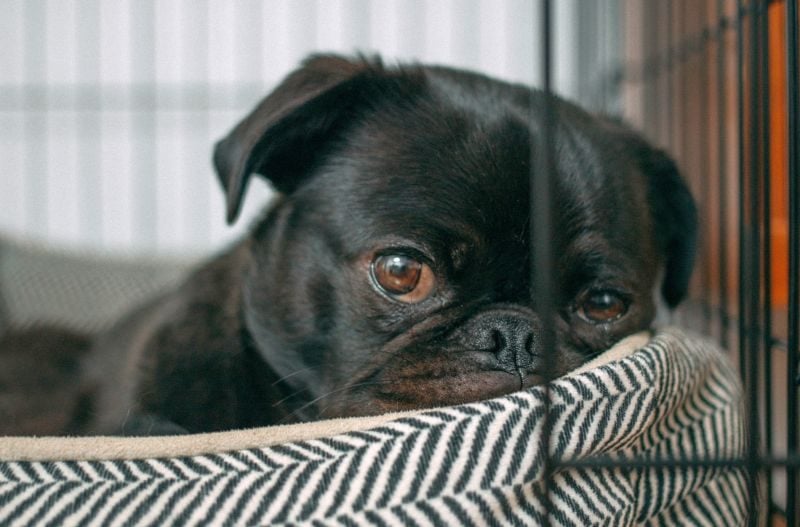
Are Time-Outs Harmful to Puppies?
If implemented properly, time-outs should not be harmful to your pooch. However, they can be harmful if they are used to punish a puppy, or if they are used incorrectly.
For example, your puppy doesn’t “know better” than to perform an undesirable behavior, nor does she understand that her actions are “wrong.” This is because your puppy can’t reason the same way humans can.
For her, biting is fun, not wrong.
And dogs do what is inherently rewarding for them. She doesn’t have the forethought to know that if she just controls her biting, she can avoid a time out, especially before we teach her that we don’t appreciate her biting behavior.
So, using a time-out to punish our four-footers isn’t going to work quite the way you think it might. But using them correctly shouldn’t cause your pooch any undue stress or discomfort.
Do Time-Outs Work for Adult Dogs?
Time-outs can work for any dog of any age. This includes those scenarios when you are using the time-out as a preventative tool, as well as when you want to teach your older doggo to stop what they are doing by removing your attention (the reward).
For example, a pupper who jumps up for attention can be given a brief “time-out” by simply turning around or walking away, removing any eye contact and not talking to her (not even to say “no!”).
Once she is calm and has all paws on the floor, shower her with the attention she so desperately wants. She will soon learn that jumping up means you become boring, while staying on the floor means love and attention.
Just be sure that you implement time-outs consistently. In order to be successful, you, and all other household members, must employ the technique each and every time she displays an undesirable behavior.
***
Time-outs can be useful when correctly executed. Use your time-outs to prevent any undesired behaviors before they become problematic and shape good habits from the start.
Do you use time-outs with your four-footer? How have they worked for you? What is your favorite place to let your pup chill out when she starts to get wild? Let us know in the comments below!
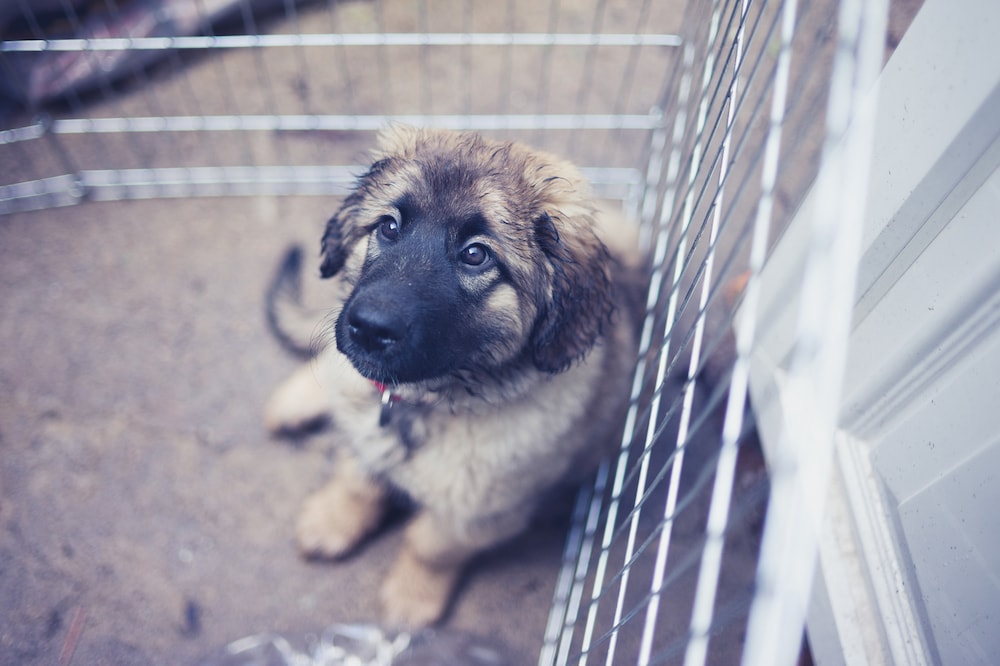




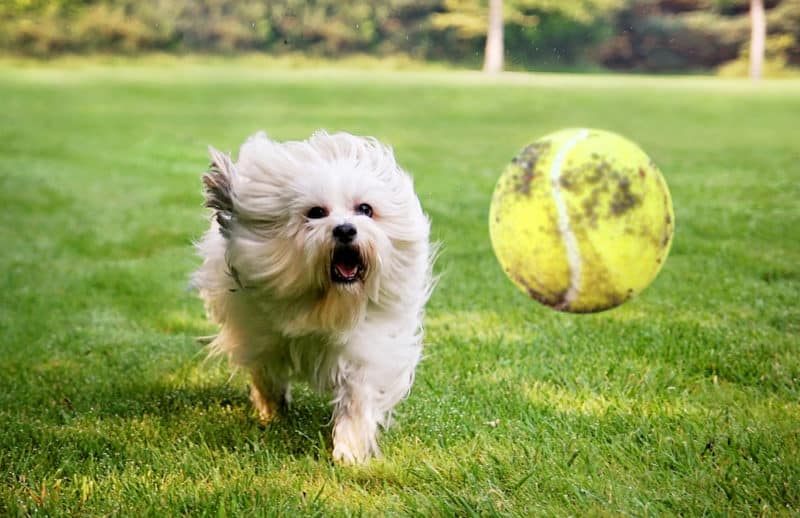
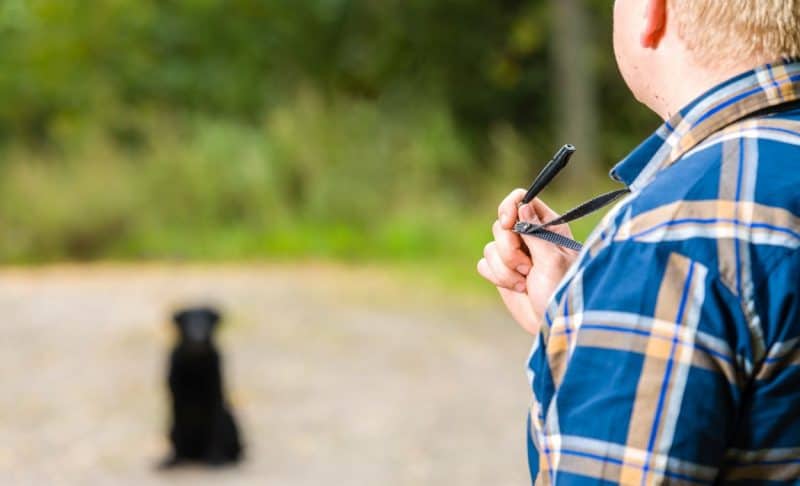
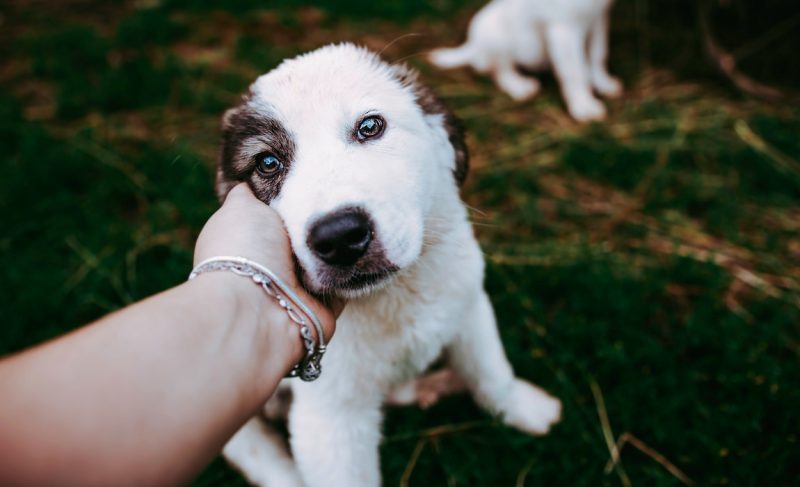
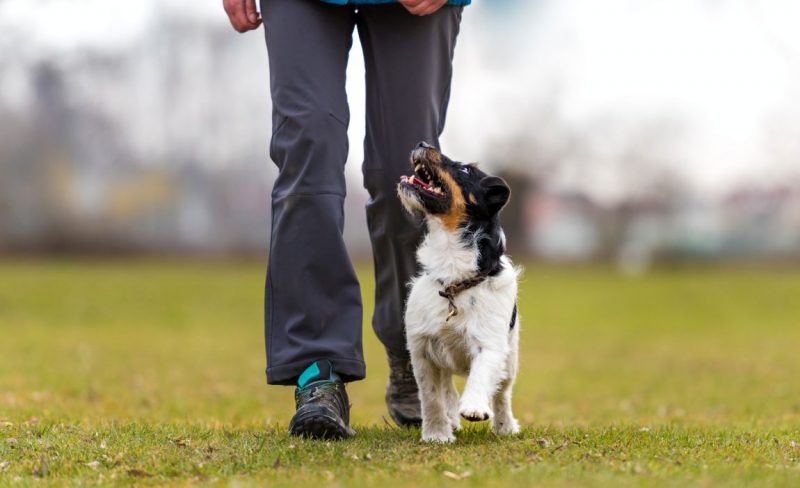
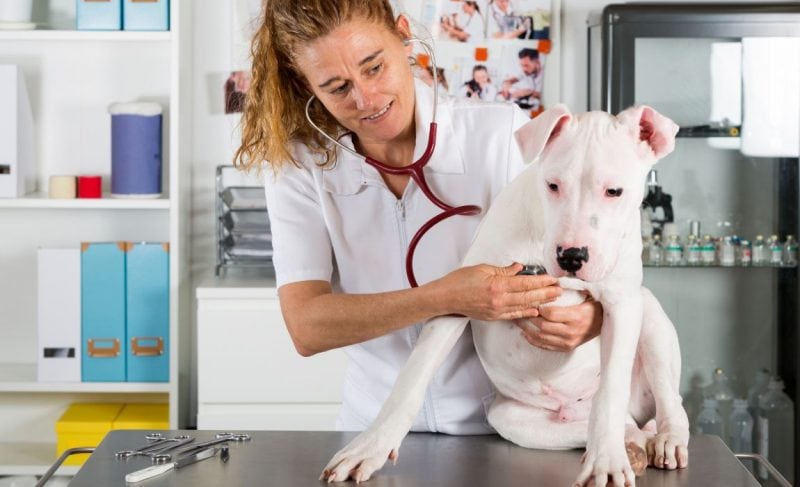
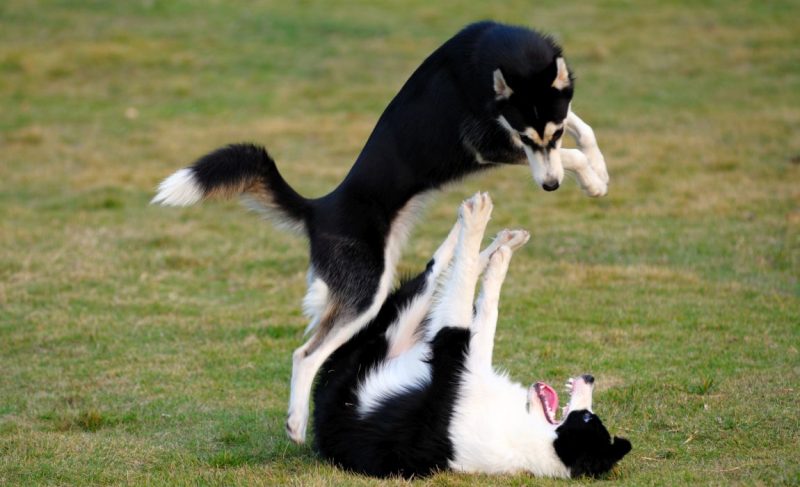
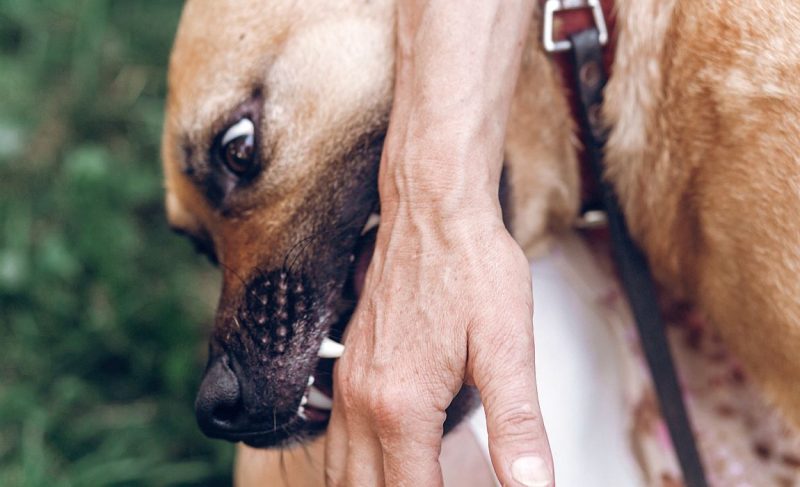

Leave a Comment